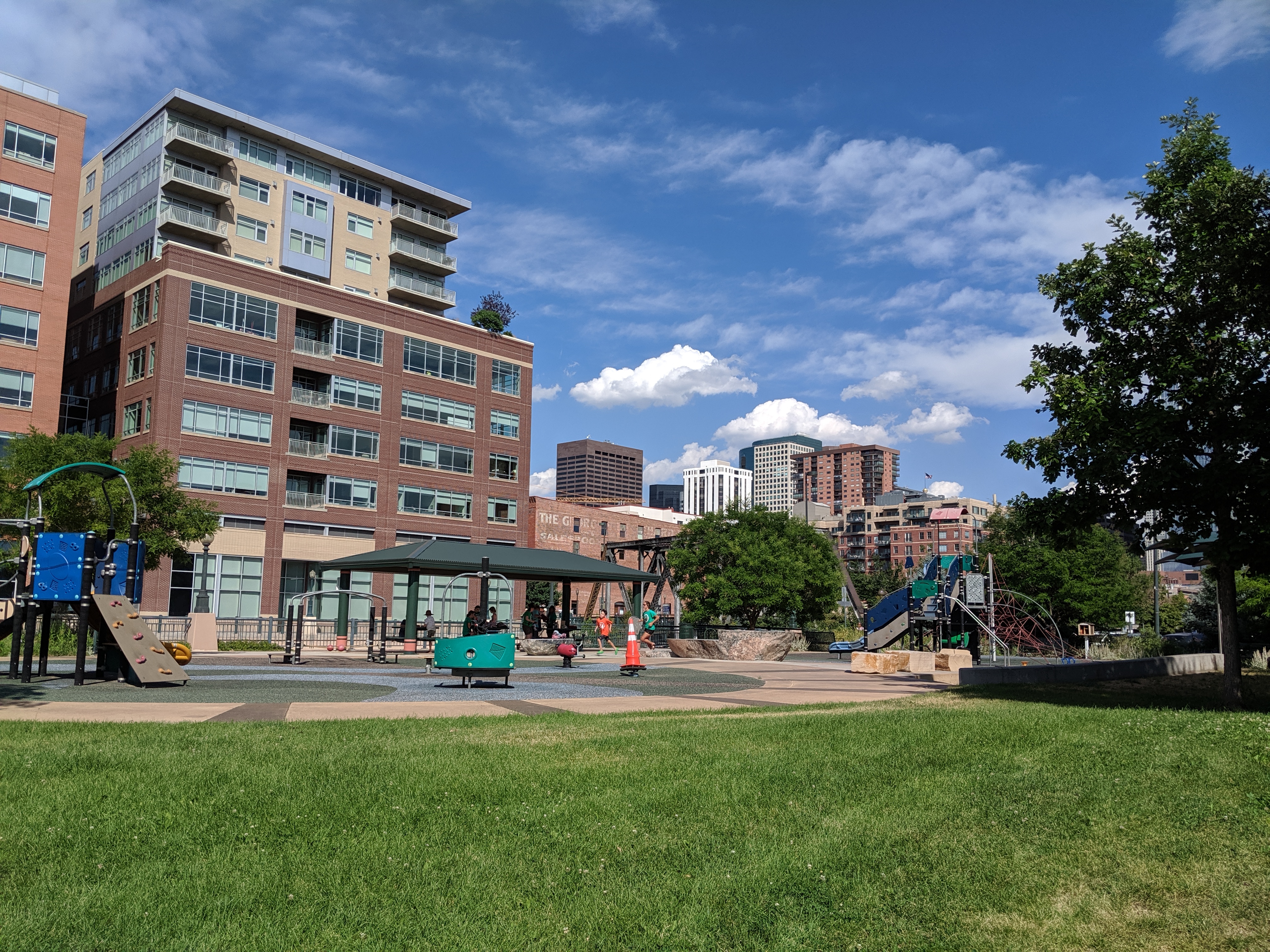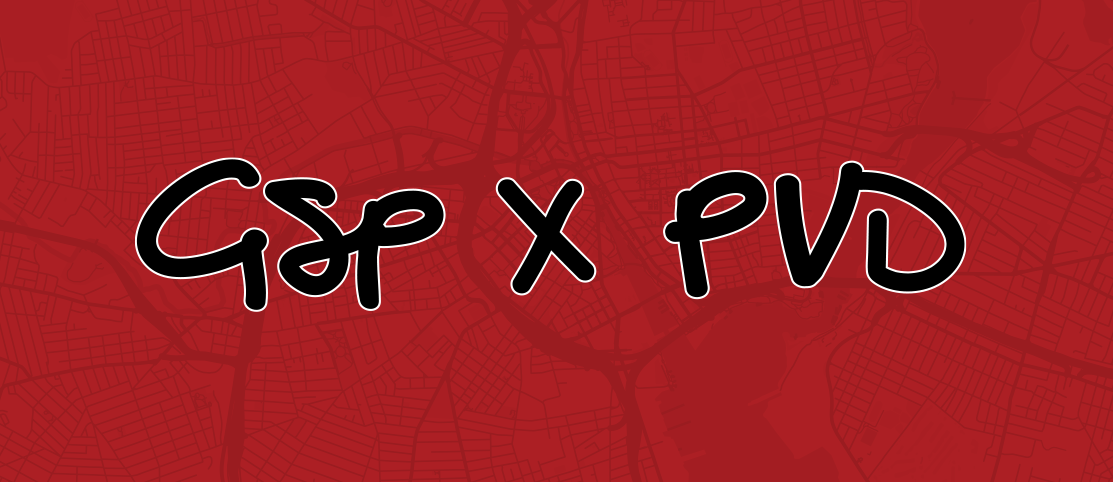Greater, Greener Graffito
I’m probably one of the few people who went to grad school for something design-focused and says they miss it. The late hours in the studio or computer lab, the lengthy nightly readings, the alarming lack of sleep, were all worth it to be constantly surrounded by smart, unique, independent-minded cohort members, lecturers, speakers, and professors. Having gone straight from undergrad to grad school to Graffito, I’ve missed being fully immersed in the world of planning and urban design thought, theory, and instruction.
So, when I told Jesse I was interested in attending more conferences for the sake of being in a similar environment of many, many brilliant people accomplishing great things in their cities and their public spaces, he was supportive of sending me to Greater & Greener 2019, held in Denver. Greater & Greener is an annual conference held in different cities around the US, highlighting matters around parks, open spaces, public spaces…the public realm, in general. It’s mostly attended by people in the public sector, so it was really interesting to hear more of that perspective versus that of the private-side I hear most of the time. Two days were jam-packed with walking tours, bike tours, lectures, plenary sessions, panels, breakout sessions, and being constantly reminded to drink more water because of the altitude.
I had a great time and learned a lot that I’m excited to share. A couple underlying themes that kept coming up (at least in the sessions I attended) were matters of equity and designing with kids in mind, which I was thrilled about. I learned about initiatives to get more girls involved in sports in LA, programs to get more people walking together in Philadelphia, and how the mayor of Tblisi, Albania took his city from car-dominant and totally unfriendly to children to a world leader in kid-friendly public spaces and beautiful schools. And much more.
A few real, concrete takeaways:
-
Develop real goals for your public spaces and developments. It’s okay if you don’t know all of the goals at the outset — engage the community early on so they can help to narrow down and build them.
-
Come up with metrics and use them to hold yourself accountable. Whether this means bike counts in a given area, number of attendees at a summer program series, or social media reach, establish them and keep them in mind always.
-
People will be annoyed when you take away space for their cars, but if you do it with a strong sense of leadership and a deep stance that you’re replacing that space with something better that serves a broader population (green space, a car-free street for a weekend, public art, play space, bike infrastructure…) the backlash will very likely be outweighed by public support.
-
Kids can’t vote and they won’t show up boldly supporting or fighting a project at community meetings, but their use and support of a space is a sign of success.
-
Reimagining The Civic Commons is an initiative across five US cities working toward diversity in neighborhoods, sustainability, civic engagement, and value creation. They have a DIY toolkit that helps organizations of all kinds be more thoughtful about their spaces by offering metrics that respond to signals of success. It can be found here and I strongly urge anyone involved in the built environment to take a look and see how some of these principles can be applied to your spaces.
All in all, it was a really informative and exciting conference. All kinds of people from all kinds of organizations — non-profits, funding sources, parks departments, you name it — are working to make their plazas, parks, greenways, parklets, waterfronts, and so on, more enjoyable to as many people as possible. What a beautiful reason to bring a couple thousand people together!
I know a couple other people on the GSP team are excited for other conferences over the next year or so, so hopefully we’ll get to hear from them soon, too!




